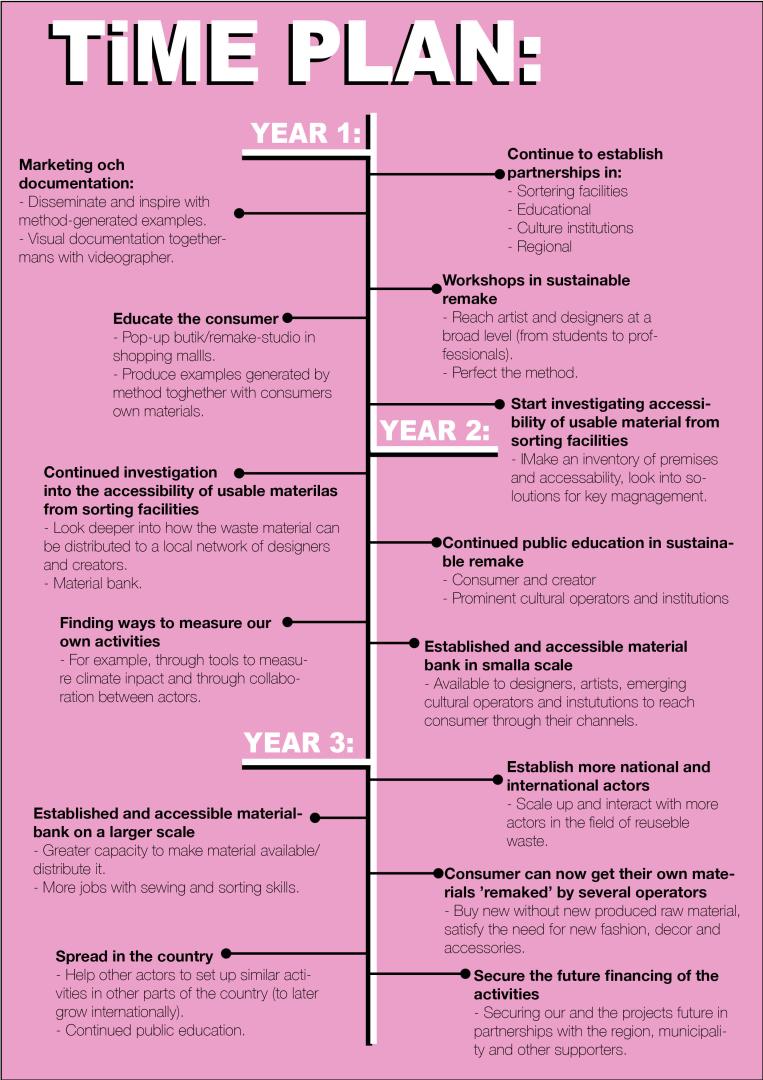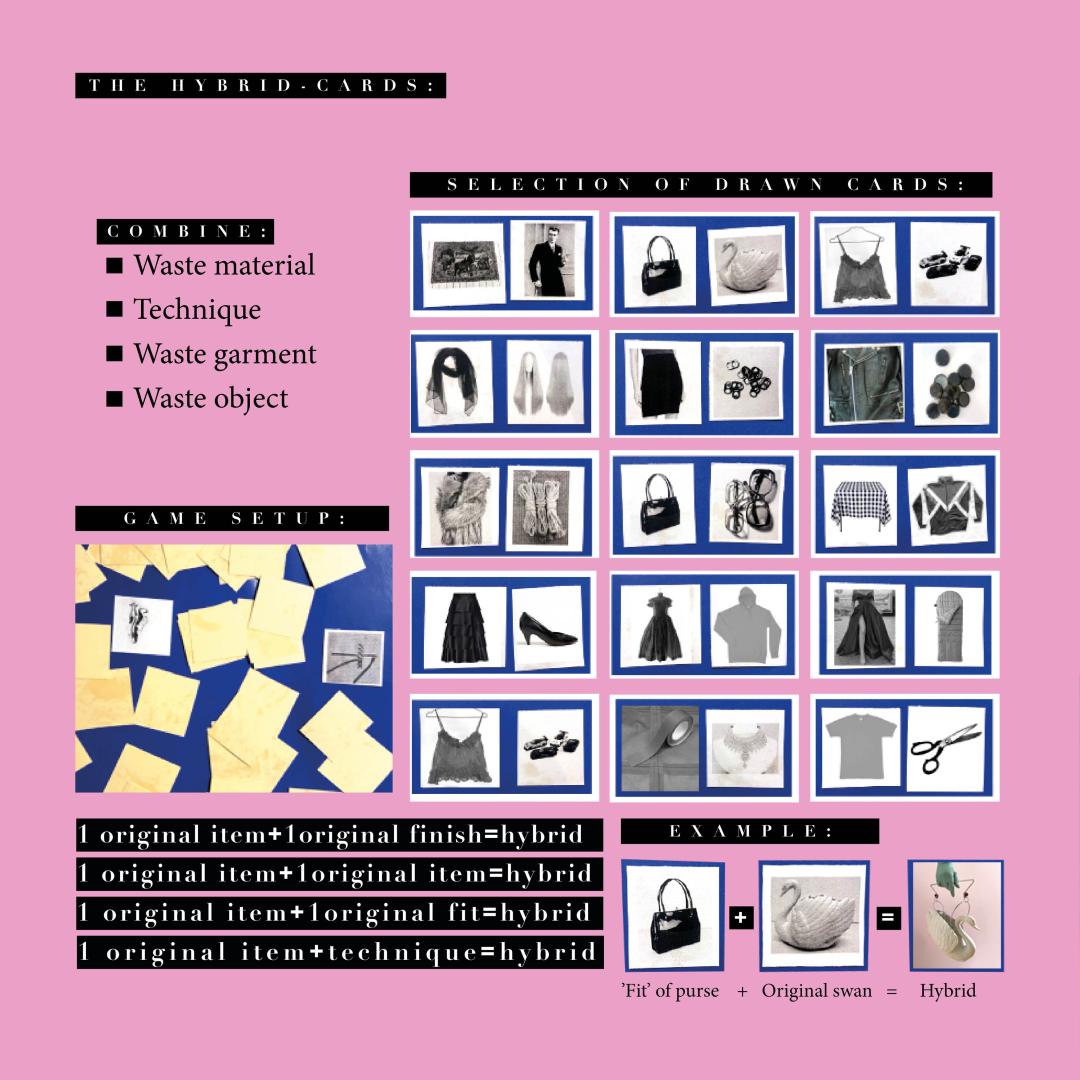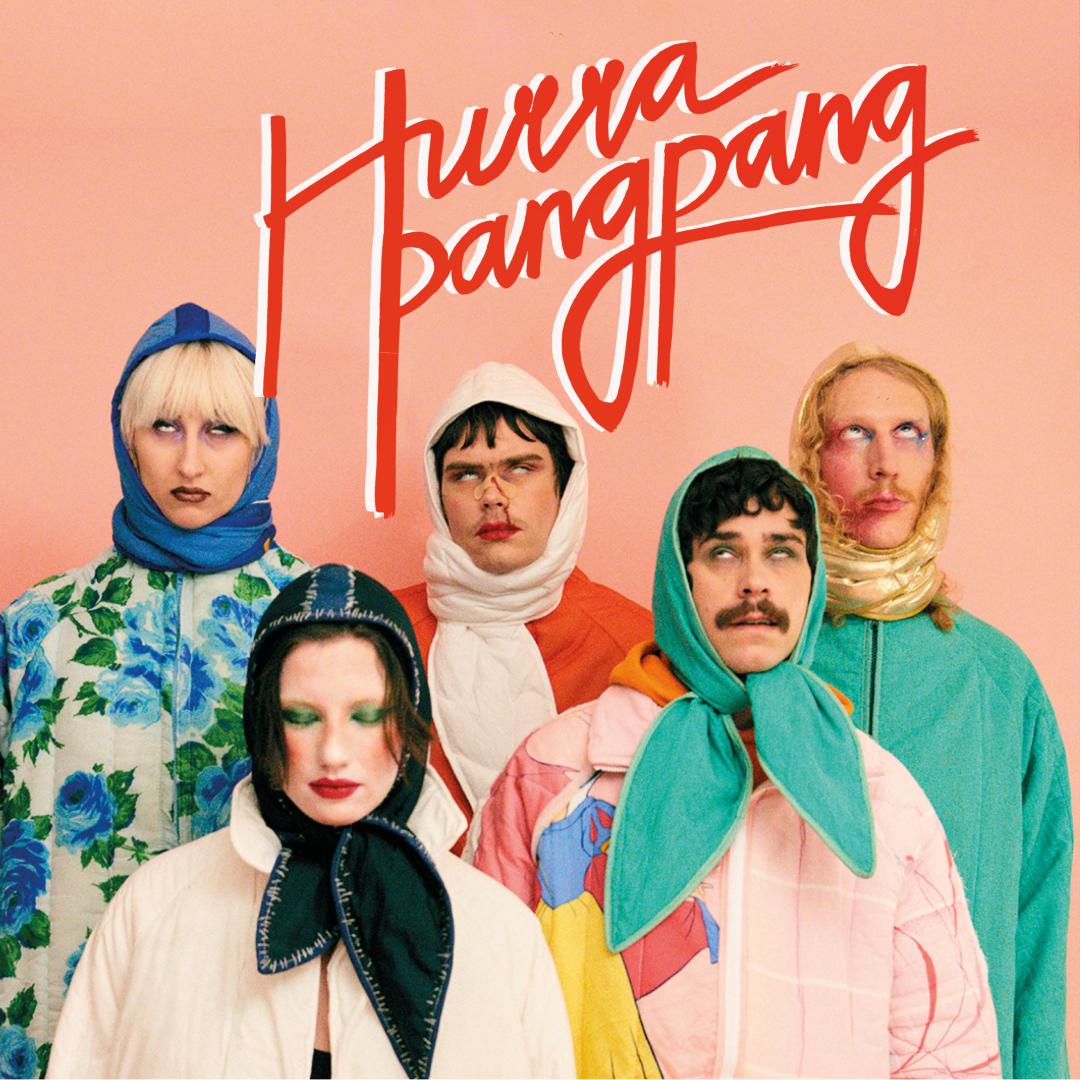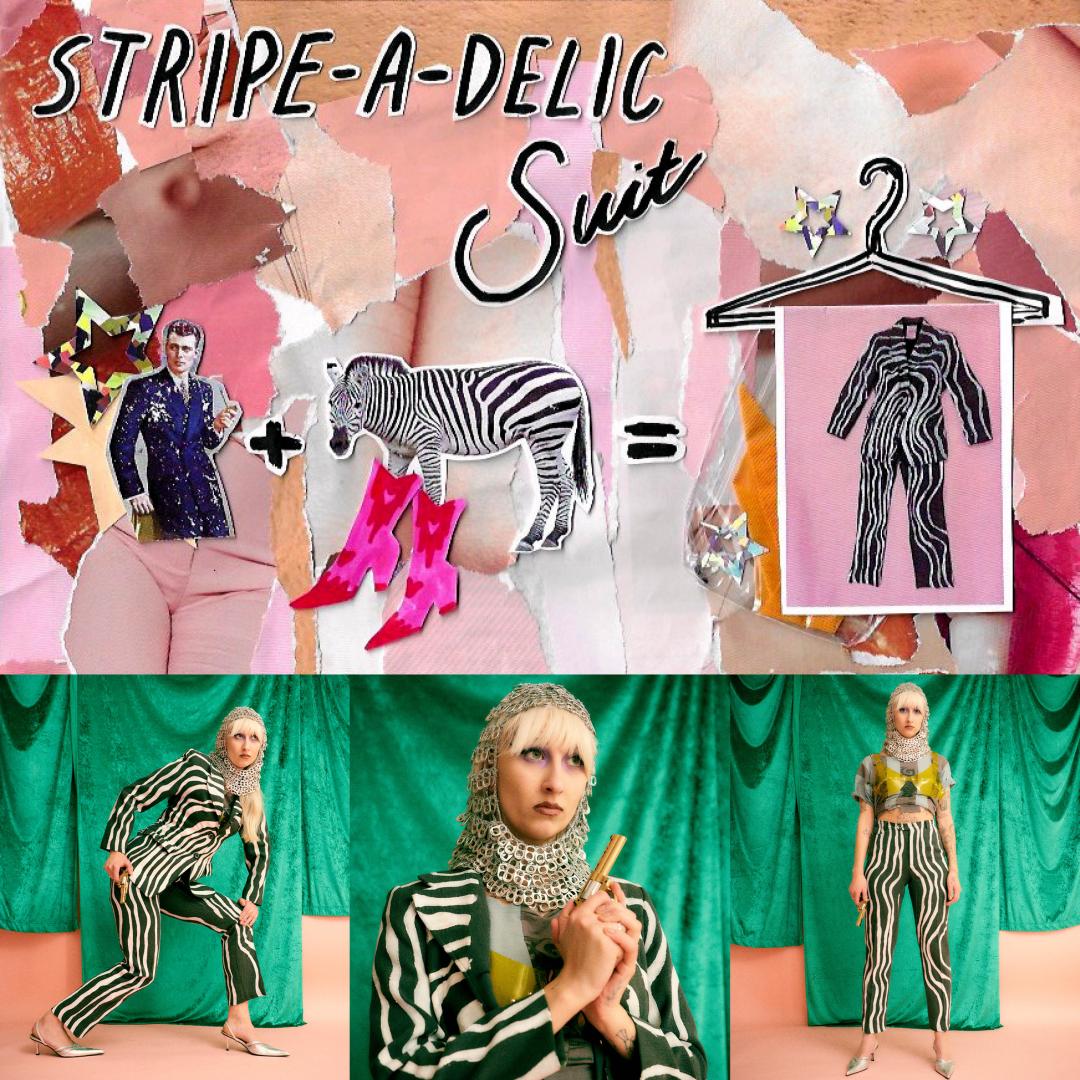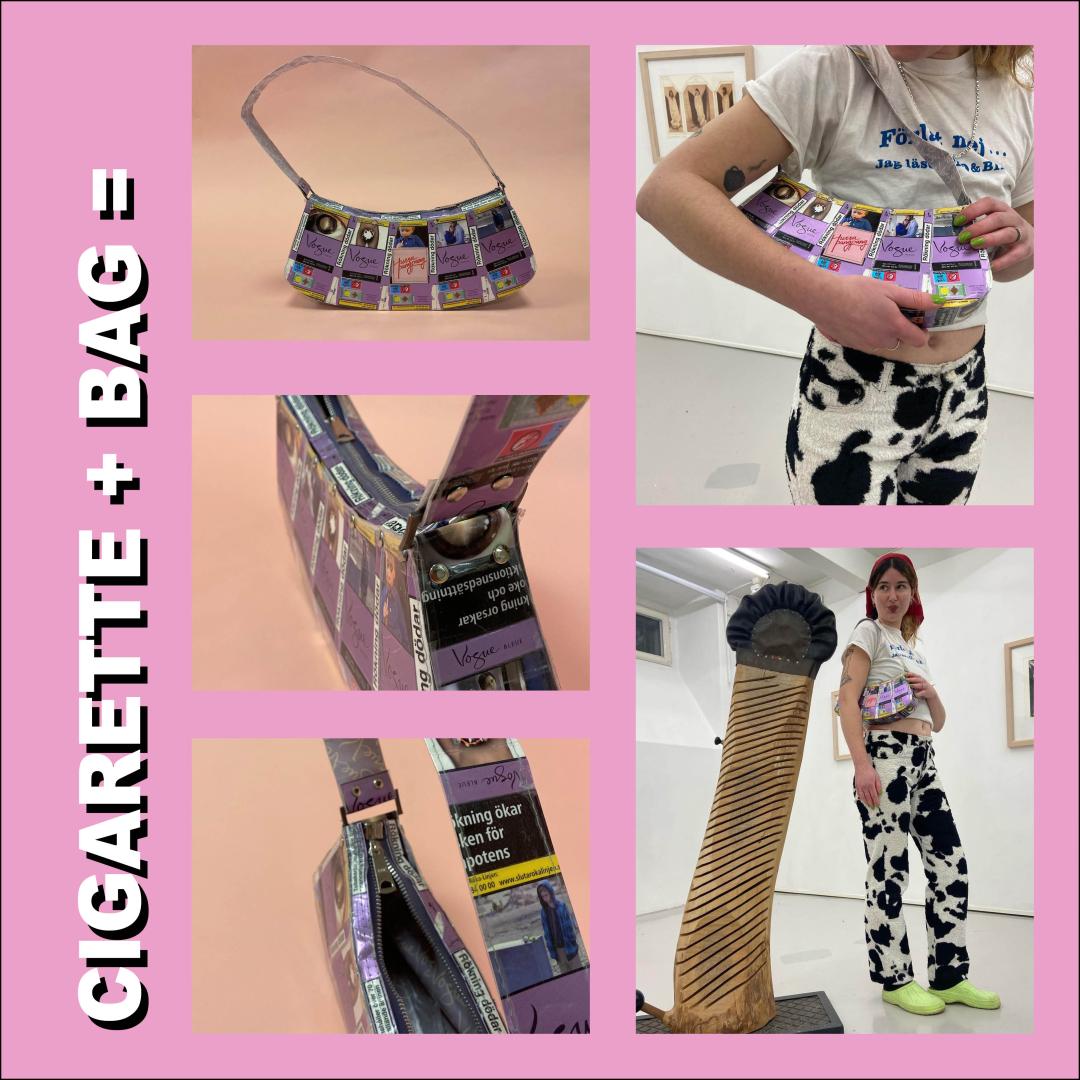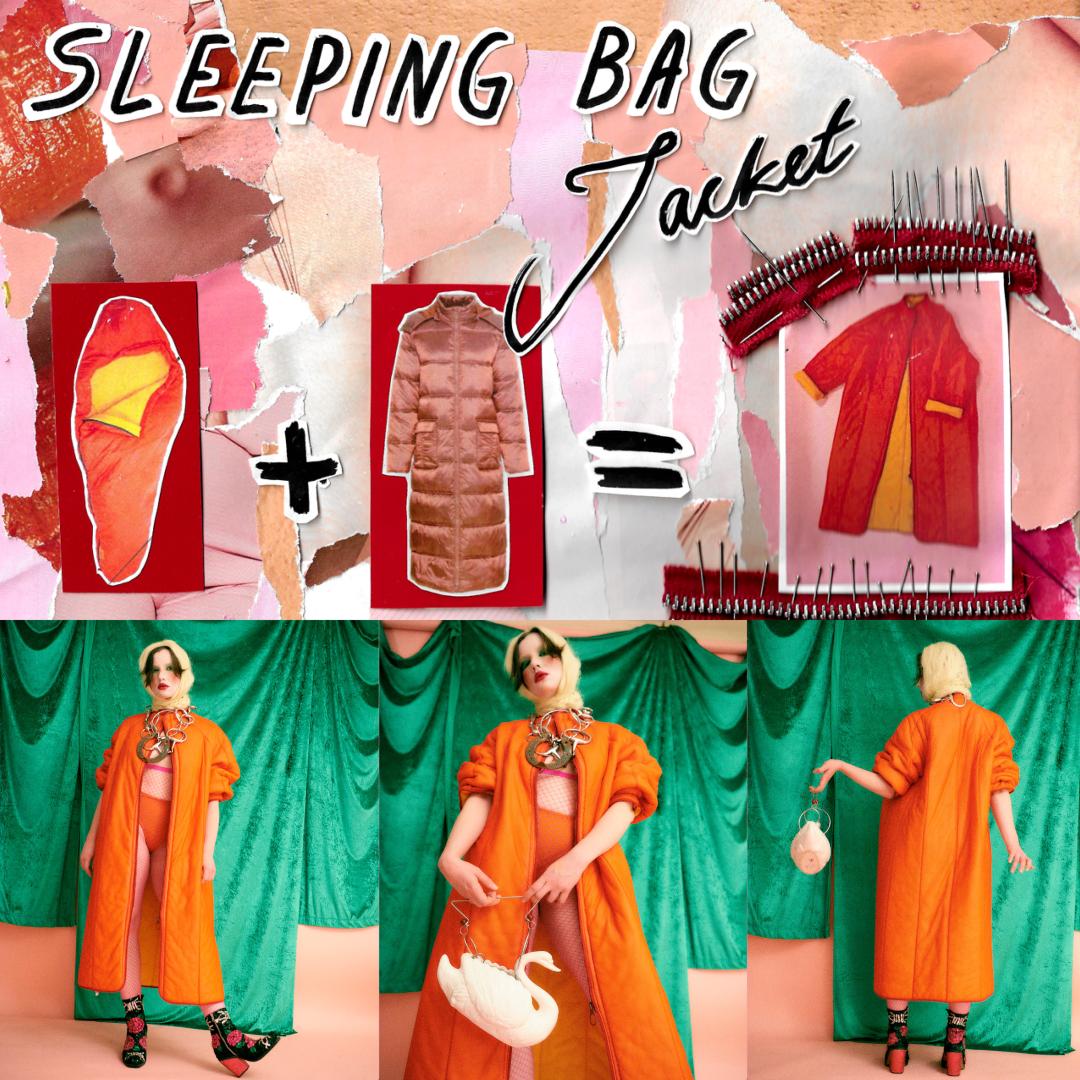HURRA PANGPANG - Treats into Treasure
Basic information
Project Title
Full project title
Category
Project Description
HURRA PANGPANG (Swedish for Hurray BangBang) is a recycling/remake studio and targets the forgotten materials generated by todays overconsumption of fast fashion. The concept of re-make in post-consumer waste have been around for a long time but has never had an accessible method and participation for both consumers and creators.
The remnants of overconsumption are here, we just need to take advantage of them, inspire and make creation accessible.
Geographical Scope
Project Region
Urban or rural issues
Physical or other transformations
EU Programme or fund
Which funds
Description of the project
Summary
HURRA PANGPANG (Swedish for Hurray BangBang) is a recycling/remake studio based in central Gothenburg, Sweden. The studio started in earnest in the autumn 2021 after several years of collaboration between founders Izabella Simmons and Hanna Linnea Ryd. The founding skills here are a degree from the Swedish School of Textiles specializing in sustainable fashion, Costume and Scenography at Stockholm University of the Arts and several years of work-based experience in both second-hand sorting, vintage trade, retail, sewing and fashion for private clients as well as the cultural sector and Swedish film industry.
The concept of recycling and re-make post-consumer waste have been around for a long time but has never had an accessible method and participation for both consumers and creators. There are several recycling actors in our vicinity and unofficial networks for remake but none that currently take advantage of consumers’ own belongings together with the unsalable goods of the Swedish second-hand trade. Reuse and ideas around this resource are being developed everywhere but the materials are still unavailable on a relevant scale.
Our overall goal is for HURRA PANGPANG to be the hitherto missing link between overconsumption-waste, creator and consumer to ultimately work together as a common force for circular flows in the second-hand and fashion industry, cultural production and private consumers – this to reduce the waste resulting from overconsumption and virgin produced materials.
GOAL:
- Reduced waste resulting from new/overproduction
- An efficient infrastructure where all actors work together for sustainable resource use
- A new way of consuming and valuing fashion, costume and decor
- Inspired by and harnessing the overconsumption waste instead of blaming it
OUTCOME:
- An applied design tool for reuse in art and fashion
- Reduced waste
- Increased resource allocation
- Contributing to circular flows from a currently untapped resource - The Material Bank
Key objectives for sustainability
An infrastructure and an efficient design tool for the reuse of post-consumer waste from our largest and local second-hand sorting facilities. The use of this material has great potential to reduce waste, contributing to increased circularity of what is already produced at all stages (via designer, art practitioner, consumer and the rest of the cultural sector). HURRA PANGPANG wants to turn overconsumption into something useful and somewhat positive through public education and highlighting this lost material resource, thus enabling more actors to take advantage of and create from waste.
In this project, we want to investigate how the infrastructure for the recovery, management and accessibility of usable waste and materials can be designed and tested by participating actors. Educate the public on the potential of this material through the development of design prototypes ready for launch, workshops within relevant educational programs and encouraging consumer innovation in what counts as valuable or not. This together with already established players in the secondhand market and prominent design/art education institutions to achieve dissemination using their already established platforms. The aim of this infrastructure and recycling tool, once tested and designed even more in depth, is to be used with more actors, businesses and activities in the region and disseminated nationally and to further grow internationally.
Today’s second-hand sorting facilities can be regarded as close resource managers, abnormal amounts of material pass through but resources, staff and tame to use and take advantage of a comprehensive scale for other than direct sales in stores are lacking. There is also a strong desire from these operators to link them to local need and meaning for these passing residues. Here we see great potential to make this unsalable material available to a market other than the currently overseas-based sale towards a product as non-woven or landfill.
Key objectives for aesthetics and quality
To bring life back into what is considered waste, making new from old, and to also invite people to wear it as fashion can be terrifying. It is therefore of great importance to decode the material itself. Decode but keep the core, a core that we found as the most valuable one is the memory attached to the garment. It can be your torned leather boots that gave you the best confidence in the world but is now way too used and are therefore not working as boots anymore. But your memories and feelings towards them are still there. What we at HURRA do is to present that material-memory to a new context together with bold and colorful aesthetics. From now on your, in this example, kick-ass-cofident-boot, will be remaked into a belt. Your valued boots are once more used on your body and there with you to create new memories of confidence and value.
In making new from sourced one-of-a-kind materials found in waste streams the end result will keep the uniqueness of its heritage and therefore result in a higher valued end product (Sung 2015). It is therefor of great importance to have an effective tool for the remake process itself. We have a method that we call The hybrid cards, a method developed to play your design equations forward. It is based on the card game of memory but will present you with two (or more) waste products to combine and therefor generate a unique and upcycled end product. With ingredients of humor and a flirt with nostalgia that old objects brings naturally. This is an experience based method that will invite participation.
With this core philosophy, bright and colorful creations leave our studio, this too proudly and strong carry the message on sustainable material sourcing high and wide. If you can make someone happy while engaging with or in surplus generated from ecological pollution, we believe we can make a difference in reaching our sustainable future - We at HURRA PANGPANG can this through ones own personal wardrobe.
Key objectives for inclusion
According to The Ellen MacArthur Foundation (2013), re-making and recycling an unwanted material is one of the most resource-efficient solutions for the environment, and of course using as much of the material as possible - to leave no residue from the leftovers.
We get donated the leftover material through initiated collaborations with several sorting facilities around the Gothenburg region. The targeted materials are the ones that cant be sold in stores, the unwanted waste generated from over consumption - which leads to a competitive product in regards of economical affordability.
Initial collaborations are currently underway with actors such as Erikshjälpen Göteborg, Björkå Frihet, Stadsmissionen Göteborg, Kulturlabbet, workshops and courses held at art and design educations in Västra Götaland region such as Tillskärarakademin Göteborg, prominent actors in the Swedish cultural industry and established shopping malls to together pave the way for this new and accessible way to remake what has already been produced.
The consumer can and are a leading part in this project. We want them to be included in all steps, to be educated towards a sustainable shopping, contribute with once own "raw" material. Say you (like many of us) have an old favorite sweater in the back of your wardrobe, you love it for one reason or another, but you don’t use it today. Maybe it’s the wrong size, broken or just out of date. It’s these already beloved material that we are now putting into the method, combining it with other rescued pieces, so you can enjoy the sweater in a new piece in your wardrobe
Your sweater+waste material=new piece
Used method is also as of right now a tool used among the artists and designers at Kulturlabbet, a daily activity centre focused on the arts and craft, textile and design. Here of great appreciation by people with different diagnostics and disabilities in their daily work and used as a visual tool based upon images and easy to use at all levels.
Physical or other transformations
Innovative character
These core-values are the same as for this project and for entire HURRA PANGPANG. We strongly believe that to make a change we have to encourage sustainable choices by inviting, inspiring and to include all sides of the problem towards a common solution - Co designing a new way of consuming and creating. To together make the change instead of working in closed pipelines.
Post-consumer waste-material is remaked in an uplifting and innovative way together with other creators during our courses and workshops but also under our own artistic leadership from our remake studio and at custom-consumer pop-ups.
The recycling tool and ultimately the infrastructure will make these materials available to creators and consumers in all sectors. Opening the use of these post-consumer waste streams, it can be compared to local and locally produced organic food. The closer to the source, the less additives, the better and friendlier for the environment (Sjöholm, I. 2020). So instead of importing newly produced materials from the other side of the world, the project intends to give the designer the opportunity to ’harvest’ in their own studio or at the local secondhand sorting facility. And the same for the costumer, to shop in ones own wardrobe and be included in the designprocess to generate a higher valued end product. This in terms of aesthetics, attachment and inclusion and thereby understanding of the surplus generated by todays overconsumption.
Furthermore, we believe that the infrastructure can have a ripple effect by creating more job opportunities, cut downs on institutions expenses, which in turn can lead to a richer culture life, increased turnover and more public events.
If the aesthetics are bold, bright and colorful they will speak about and carry the important message about a sustainable future even louder. Furthermore invite for conversation about change through designer, the green consumer and spread even further.

